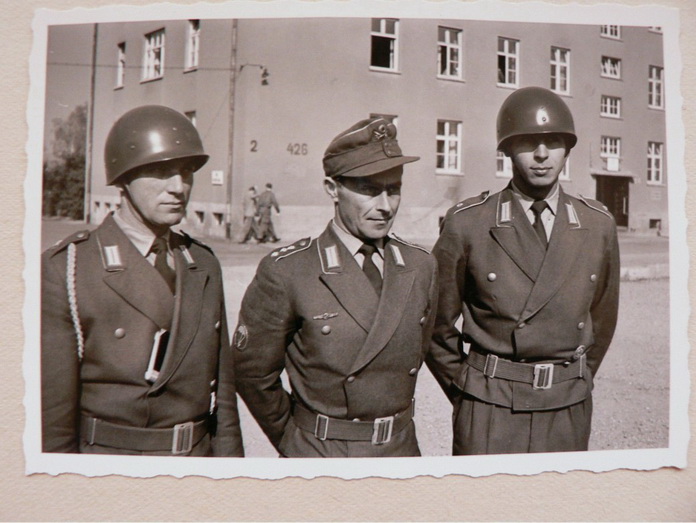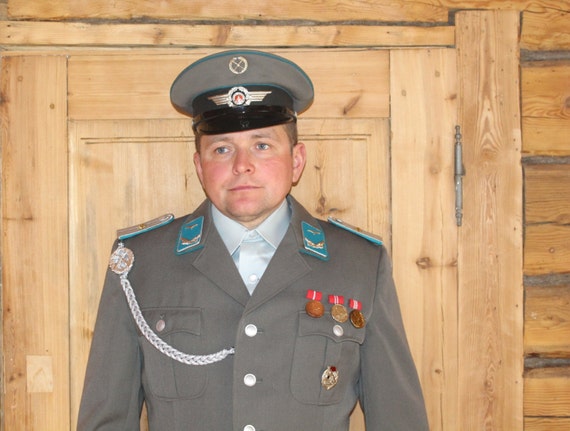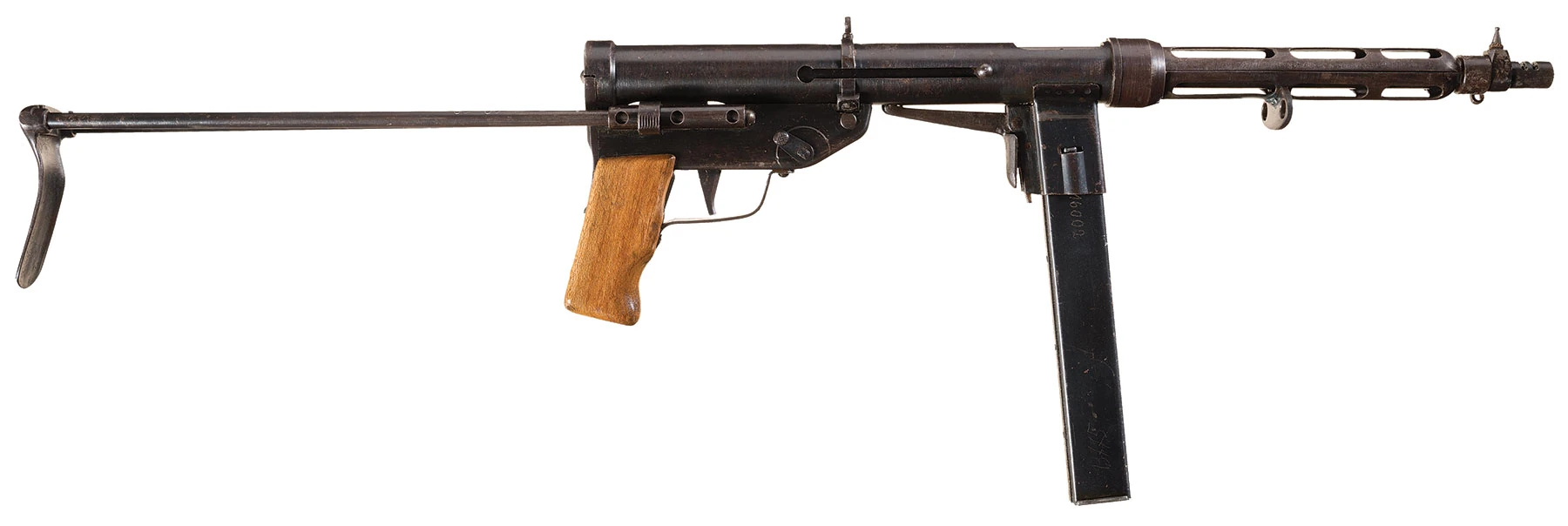Now for some of the Capital Ships of the Confederate Navy
View attachment 505067
CSS Jefferson Davis class Battleship.
In 1936, President Jacob Featherson as part of the modernization of the Confederate Armed Forces would order new classes of warships for the Confederate Navy, including two battleships of the Jefferson Davis class. After about two months of designing, the final design for the class consisted of a new turbine powerplant, aviation storage place in the midships, as for armament, there were 3 16' guns for each of the main gun turrets along with two turrets of 6' guns and numerous smaller caliber AA guns. In all, the class weighed in at a total of 49,000 tons fully loaded. The first ship, Jefferson Davis, was launched in May of 1940 with President Featherson heading the ceremony. The second ship, CSS Robert E. Lee was launched in October of 1940 with it being completed in August of 1941 and commissioned the following month. The Davis would be fully completed with the fitting out by January of 1941 and entering full service in June of 1941, just in time for it to take part in the Invasion of the Bahamas, where it bombarded the weak Union forces there. The CSS Jefferson Davis would subsequently take part in several Confederate Naval Operations including a bombardment of Union positions along the coast of Delaware. The Davis would meet it's end following it's engagement and destruction of the Union Battlecruiser Saratoga, where it was destroyed by the Union Battleships Washington and Pennsylvania off the coast of New Jersey. The Robert E. Lee would throughout the war would take part in shore bombardments against Union aligned rebels in the Caribbean. In April of 1944, while defending Charleston, South Carolina from Union ground troops, the Lee was attacked and sunk by bombers of the Union Air Force in the harbor, it's wreck would eventually be raised and scrapped in the late 1940s. The wreck of the Jefferson Davis would eventually be found by famed shipwreck hunter Bob Ballard in 1988 at 38. N and 72. W, it would become iconic, with a movie being made about it's final battle and a song titled
Sink the Jefferson Davis. In 1938, the Admiralty would order two more ships of this class with a few modifications, and the ships would both be laid down in September of 1938 and work continued until March of 1943 when the building of these two battleship hulls were ordered to be halted as the war situation tuned against the Confederacy.
View attachment 505066
CSS Longstreet class Battlecruiser.
Before the rise of Jacob Featherson, the Confederate Naval High Command was coming up with plans of a new generation of Capital Ships. One of these proposals was initially called the Project 402 Battlecruiser, which the original requirement was that it was to have three turrets with four 12' guns with two smaller turrets with three 8' guns. The eventual design would compose of two main gun turrets with three 16' guns in each one, along with one turret with two 8' guns, and additionally with six more turrets with two 6' guns. The design was approved in March of 1934, the problem was that the Confederacy lacked any large drydocks outside of Norfolk, which was being watched by the Union. The Confederacy had to turn to the French for help, which the first ship, the CSS James Longstreet was constructed at the Saint Nazaire Shipyard in France. Whereas the second ship, the CSS J.E.B. Stuart was constructed in the new shipyard at Mobile Naval Shipyard under French supervision (though the building of the Stuart would be built in 1936 as the drydock took years to build.) The Longstreet would be launched in July of 1937 and completed in April of 1938, the CSS Stuart would launched in April of 1939 and would be completed in May of 1940. As the Second Great War went into full swing, the Longstreet would be deployed to the Caribbean to assist with Confederate Amphibious Assaults in the region while the CSS Stuart bombarded Atlantic City and also took part on commerce raiding against the Union Merchant Marine in the Central and North Atlantic. The Stuart would prove to be successful, in which she would sink 10 Union, 2 German, and 2 Norwegian merchant ships. However, as the CSS Stuart was patrolling the coastal region of Canada, the Union Navy ships Pittsburgh, Boston, and Los Angeles would engage the Confederate Battlecruiser and the resulting naval action would see the Pittsburgh severely damaged and scuttled on December 2nd, 1941. The CSS Stuart would be eventually be sunk by the Union Navy Battleships during an engagement off the coast of North Carolina in September of 1943. The CSS Longstreet would eventually be sunk by Union Fighter Bombers during the Siege of New Orleans and be salvaged and scrapped in the mid to late 1940s.
View attachment 505094
CSS Florida class Pocket Battleship/Heavy Cruiser
After the First Great War, the Confederate Navy by treaty was forbidden to possess Battleships that are heavier than 10,000 tons, 3 or more main gun turrets, and over 12' gun caliber. In the mid 1920s, the Confederate Admiralty started contemplating a new class of capital ships to replace their 5 pre-dreadnought battleships that they allowed to keep. Among the proposed designs, was a battlecruiser with four 11' gun turrets, a three turret battleship with 12' guns, and a two turreted "Pocket Battleship" with 12' guns. In 1928, the final design, which was the pocket battleship proposal was ultimately chosen. Three of these new Pocket Battleships were ordered, two from the Mobile Naval Arsenal, and one from United Steel Shipyards in New Orleans. The ships in the class were Florida, Texas, and Chihuahua, with the Florida and Texas being laid down in late 1929 and the Chihuahua being laid down in 1930, which they were all completed by 1935. The Confederacy would lie to the Union about these ships, being that they were under 10,000 tons in weight, and were intended to replace three of their pre-dreadnought battleships from the early 1900s. When the Confederacy invaded the Union during Operation Blackbeard, the Chihuahua was at Charleston, the Texas taking part in anti-commerce raids in the Atlantic, and the Florida taking part in the Invasion of the Bahamas. The Texas would be engaged by Union Warships off the coast of Nova Scotia during an attempted attack on a convoy. She would be pursued by the Union Navy all up they way off the coast of Labrador where she was sunk off of the coast of Cod Island at 57. N and 61. W. The Florida be severely damaged in the superbombing of Newport News and was abandoned due to the radiation. The Florida would eventually be towed out into the Atlantic and be sunk by the US Navy in 1945. The Chihuahua would be destroyed by Union Navy destroyers in the Caribbean off the coast of Cuba in the Straits of Florida on April 26th, 1944.
View attachment 505071
CSS North Carolina class Heavy Cruiser
In the middle of 1938, the Confederate Admiralty would order the construction of 2 heavy cruisers of a new class. This class was to have a turbine power plant, three turrets with barrels of 8' guns, three triple mount turrets of the newly developed automatic 5' guns. The construction of two of the ships would commence in September of 1938 and would be launched in December of 1940 and February of 1941 as the CSS North Carolina and CSS Sonora respectively and commissioned in August and September of 1941. In October of 1940, two more cruisers* of the class would be ordered and be laid down in January of 1941, but in March of 1943, the construction of both ships would be suspended under the orders of none other of than Jake Featherson as other war weapons constructions were prioritized such as destroyers and frigates. The two unfinished hulls were eventually scrapped on their slipways after the war ended in the late 1940s and early 1950s. The CSS North Carolina and Sonora saw action against the Union Navy in the Caribbean, and in June of 1943, the Sonora was sunk by Union Navy aircraft and heavy cruisers in the naval action in the Bahamas. The CSS North Carolina in the final months of the war would be used to assist in the evacuation of Confederate Troops in Georgia and in South Carolina, and on May 2nd, 1944, the CSS North Carolina was attacked and immobilized by Union Navy frogmen in Jacksonville, Mississippi. The CSS North Carolina would be raised in June of 1945 and be taken to Savanna for scrapping.
* = It has been long been speculated that the intended names for the cruisers where to CSS Cuba and CSS Louisiana.
View attachment 505068
CSS Alabama class Heavy Cruiser
In 1935, as part of the re-armament of the Confederate Navy, a class of three heavy cruisers would be ordered, as part of Specification 1024, the cruiser was to be armed with four dual mount 8' guns and six dual mount dual purpose 5' guns and an aviation facility. While designing the ship, the Confederate took influences from the French Algerie class Heavy Cruiser. In December 1935, the first cruiser would be laid down, the second would be laid down in January of 1936, and the final ship would be laid down in May of 1936. These would become the CSS Alabama, Arkansas, and Kentucky, which the last ship would be commissioned in July of 1939 to the Confederate Navy. When war broke out in 1941, the Alabama and Kentucky would take part in the Amphibious Assault into the Bahamas while the Arkansas provided gunfire support for the Confederate Marines landing in Haiti. During the invasion of the Bahamas, a Union Coastal Battery would cause damage to the CSS Kentucky, which spent 3 months in repair in it's homeport of Tampa. On May 22nd, 1942, while on a sortie off the coast of Delaware, all three ships would battle against the Union Navy, which the Kentucky would cause damage to Union Cruiser USS Dayton and sunk the destroyer USS Pope. However, the Confederates would lose the CSS Arkansas to gunfire from the cruisers USS Madison and USS Boston. CSS Alabama would be lost in a night engagement almost a month later to the Battleship USS Montana. The CSS Kentucky would end up surviving the 2nd Great War and be pressed into the US Navy as the USS Kentucky, which she would be used as a gunnery training ship until 1951, when she was turned into a depot ship, which she would serve the role until her decommissioning in 1962 and was sold to shipbreakers in France in 1964.
View attachment 505070
CSS Virginia class Heavy Cruiser = Same as OTL Foch class Heavy Cruiser
After the 1st Great War and the subsequent reduction of the Confederate Navy, the CSN would posses 7 cruisers, which were built at the turn of the 20th century. In the late 1920s, the Confederacy would construction of their first class of Heavy Cruisers, as a matter of fact, they would work closely with the French in the designing of these cruisers. Both navies were to build the same design, the French would operate them as the Suffern class, while the Confederates were to operate them as the Virginia class. The Confederacy would begin construction of their cruisers in 1928, with the CSS Virginia being commissioned in April of 1933, the CSS Tennessee would be commissioned in October of 1933, and the final member of the class, the CSS Georgia, would be commissioned into the Confederate Navy on March 14th, 1934. In order to fool the Union of what these cruisers really were, they were originally armed with triple mount 6' guns, in their 1938 refits, the ships would be updated with dual mount 8' guns, similar to the ones found on the Alabama class cruisers. When the 2nd Great War kicked off, only 2 of the 3 ships in the class were in American Waters as the CSS Tennessee was caught in the Black Sea while on a goodwill tour to Russia with the light cruiser CSS Macon. In December of 1941, both the Tennessee and the Macon would be transferred to the Russian Navy and the Tennessee would be named as the Admiral Makarov in Russian Naval Service, though most of her crew would remain to her Confederate crew. The Makarov fight against the navies of Bulgaria, the Ukraine, Turkey, and Austria-Hungary. During the war, the Makarov would be responsible for the loss of three Ottoman and two Austrian destroyers, the Austrian cruiser Triglav, and several merchant ships of Ottoman, Ukrainian, Austrian, and German origin. In January of 1944, the Admiral Makarov while providing naval gunfire support to Russian ground troops was sunk by German bombers off the coast of Crimea. The Georgia and Virginia at the start of the war would conduct anti-shipping operations in the Atlantic, in which they would sink four Union merchant ships. The Virginia would be badly damaged by the Union submarine USS Pike off the coast of Florida in May of 1942, which resulted in the ship spending three months in Tampa undergoing repairs. The CSS Virginia would be sunk by the destroyers USS John Paul Jones and USS Fletcher in the Caribbean off the coast of Haiti in August of 1943 in a naval action between the Union and Confederate navies. The CSS Georgia would be badly damaged by Union aircraft while at port in Mobile Bay in April of 1944. The CSS Georgia was then captured by US Forces shortly thereafter and was eventually sunk by the Union Air Force while testing new and experimental weapons on her off the coast of Labrador in 1948.







